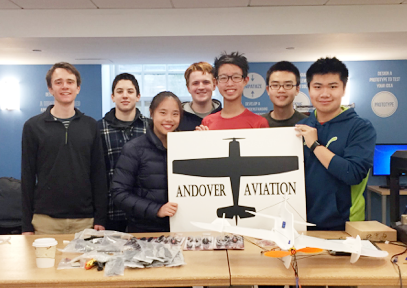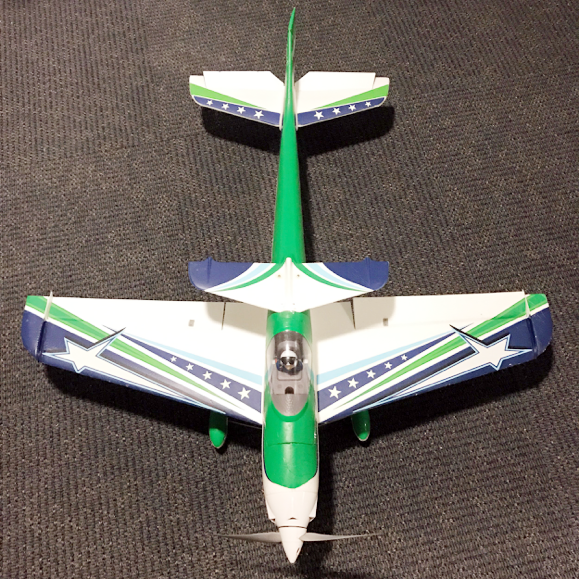
Competitions are a salient part of many model airplane clubs. Competitions typically consist of contestants performing tricks on the model airplanes and demonstrating the best skills. According to Ruide, the competitions tend to be centered towards individuals due to the nature of the field. In addition to a couple of regional competitions, there are renowned international ones, such as the German Indoor Aerobatics Championship. Furthermore, drone competitions have become prominent at the collegiate level.
Aviation Club not only provides a world of exciting competitions, but it also introduces a direct application of STEM topics. According to Ruide, the field of aeronautics heavily involves physics and mathematics. Thus, through model airplanes, students are able to relate academic concepts into an actual developing field of science. For some, like Ruide, joining an aviation club may inspire them to go into the field of aeronautics. In an increasingly globalized world, creating safer and more efficient airplanes has become more important than ever. In fact, the International Civil Aviation Organization proclaimed that 3.5 billion passengers went on airplanes in 2015, and the number is expected to keep rising (http://www.airspacemag.com/daily-planet/how-much-worlds-population-has-flown-airplane-180957719/). Yet, even those who aren’t interested in pursuing a career in aeronautics can gain tremendous experience working on STEM-related projects.

All in all, aviation clubs not only provide a unique opportunity for students to pursue a specific STEM area, but also may benefit an increasingly globalized society. Yet, despite the importance, Ruide has noticed that not many schools have an aviation club. He urges all students to take part and to explore this developing field. For those who are wondering how to get started, Ruide recommends first reading and developing a solid basis on how model airplanes work. Then, he suggests buying a kit online with instructions build the model airplanes.


Sparky Yoo

